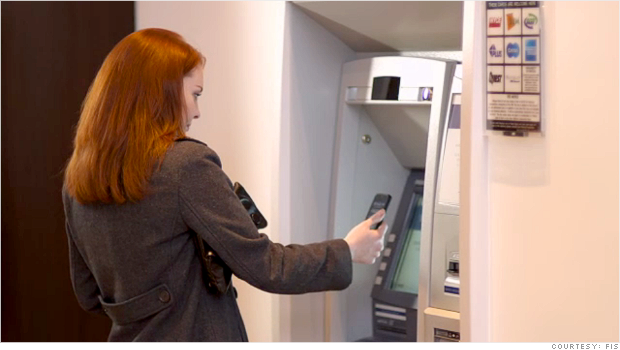Chip Roame, head of Tiburon Strategic Advisors, drew attention to several risky trends affecting the financial services industry during his keynote talk on Tuesday at the Tiburon CEO Summit XXV in San Francisco.
The first trend he pointed to was the fact that about two-thirds of investors do not understand what happens to their portfolios when interest rates change, according to a recent poll.
“This is the industry’s next scandal,” said Roame, a former McKinsey consultant and Charles Schwab employee. “Financial advisors are not telling investors what happens when interest rates rise.”
The industry needs to take the opposite approach for its own good, he says. “Be out there real loud explaining this … in pamphlets, online and at quarterly meetings with clients. If two-thirds of investors don’t get this, they will blame someone!”
Adding to the potential negative fallout for advisors, Roame says, is the hope that consumer confidence in the industry is going to come back. “No. Not with one stumble after another,” he stressed before an audience of about 200 industry VIPs.
While the vast majority of financial advisors don’t operate in the types of business schemes that Bernie Madoff and SAC Capital Advisors ran, “This is how [the industry] is perceived, and it’s naive to think there will no scandals in the next six months.”
The Madoff debacle has “scared investors for decades,” Roame said. “We are underestimating its impact on consumer confidence … and, the fact that only Madoff has gone to jail, makes a lot of investors skeptical. The industry has got to deal with this.”
Regardless of whether or not an advisor is independent, fee based or with a bank, “You are lumped in with Madoff … that may be unfair, but it’s how it is perceived. I encourage you all to look at how investors perceive the industry.”
Marketplace Movement
On the plus side, advisors who can overcome the PR crisis have consumers with total net worth of about $35 trillion as investible assets and about $18 trillion in retirement plans as potential clients.
“It’s a very fragmented industry. The top play, BlackRock, has just $3 trillion of the $53 trillion,” Roame shared.
Still, most U.S. households, 90%, have less than $500,000 to invest, and the average is under $270,000.
Nonetheless, the level of investible assets has risen about 40% since 2008, and the amount of money in retirement plans is up 30%. “So, on a combined basis, you’re up 35%, if you were in the market. Most Americans, though, were not in the market,” Roame said.
For the industry, the “vanishing middle class” has serious consequences, and "we are not close to the consumer confidence level of 2006,” he noted.
This has led more and more investors, especially younger ones, to open do-it-yourself (or self-serve) accounts online, which is good news for TD Ameritrade and Merrill Edge, but not great news for more traditional broker-dealers.
“There is a fear that equity investors and the assets class may never come back,” Roame said. ETFs and mutual funds, however, are seeing growth that surpasses that of equities.
“The mutual fund market is alive and well and will be here for a long time,” the consultant stressed. “Consumers are pushing money, and advisors are going more into passive products.”
Advisor Movement
Industry growth is strongest in the RIA and online banking segments, according to a survey of the Tiburon CEO Summit’s participants, while it is slower for the regional broker-dealers and wirehouses.
Of the 320,000 advisors nationwide, some 45% are in the independent channel, 30% in the banks/insurance segments and 25% at the wirehouses and regional firms (down from 38% in 2005). But wirehouses still manage 57% of assets — down from 62% in 2007, but still dominant, Roame says.
Wirehouse assets per rep stand at about $93 million vs. roughly $21 million for independent reps and $50 million for reps at the regionals and fee-based advisors.

 Popular Posts: 7 Biotechnology Stocks to Buy Now4 Pharmaceutical Stocks to Buy Now17 Oil and Gas Stocks to Sell Now Recent Posts: 12 “Triple F” Stocks to Sell 7 “Triple A” Stocks to Buy 5 Machinery Stocks to Buy Now View All Posts
Popular Posts: 7 Biotechnology Stocks to Buy Now4 Pharmaceutical Stocks to Buy Now17 Oil and Gas Stocks to Sell Now Recent Posts: 12 “Triple F” Stocks to Sell 7 “Triple A” Stocks to Buy 5 Machinery Stocks to Buy Now View All Posts 
 [ Enlarge Image ]
[ Enlarge Image ]



 ! How hackers can steal your debit card info
! How hackers can steal your debit card info 
 [ Enlarge Image ] Chart from wikinvest.com
[ Enlarge Image ] Chart from wikinvest.com